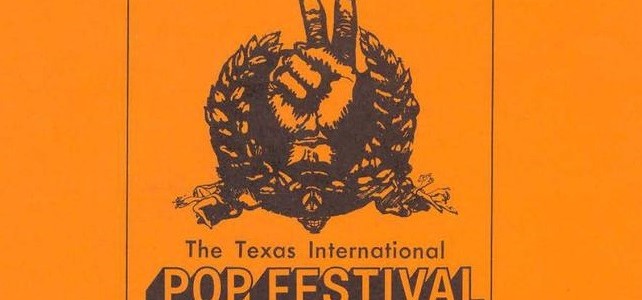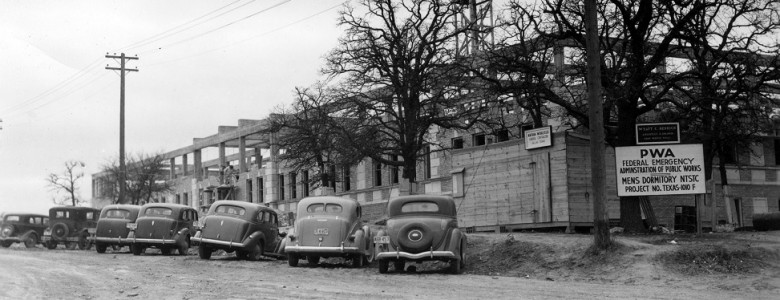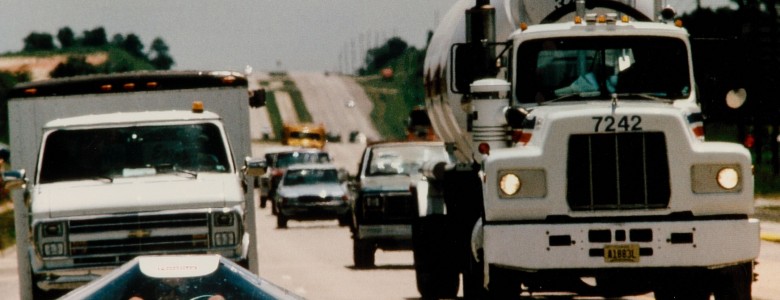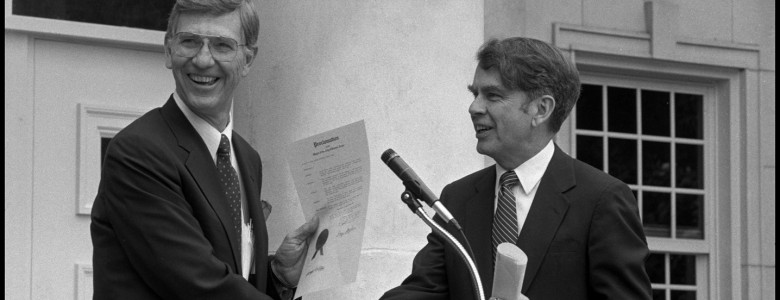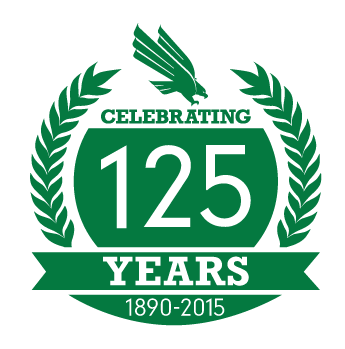Two weeks after the Woodstock Music Festival in New York, another history making concert, the Texas International Pop Festival, took place in Lewisville, Texas. Over Labor Day Weekend in 1969, over 100,000 people converged on a site located a short distance from Denton at IH-35 and Round Grove Road near Lake Lewisville to hear some of top performing artists of the day, including Janis Joplin, Led Zeppelin and B.B. King.
Students at North Texas State University were among the attendees who were described in newspaper accounts as “hippies,” “flower children” and “long hairs.” Advertisements in the NTSU student newspaper, Campus Chat, advertised advance ticket sales for $6 per day. Bob Anderson was a reporter for the Campus Chat who wrote about his experience at the festival. Anderson said he made the 30 minute drive from Denton each day of the three day festival to experience the festivities, although some attendees took advantage of free camping provided by the festival. Read more


